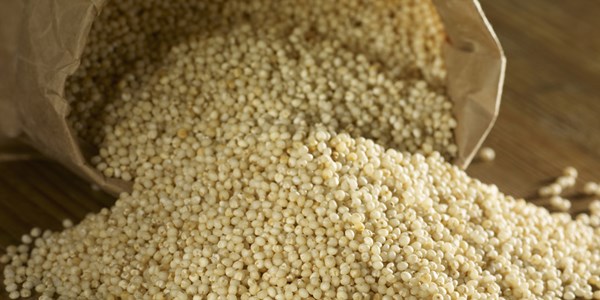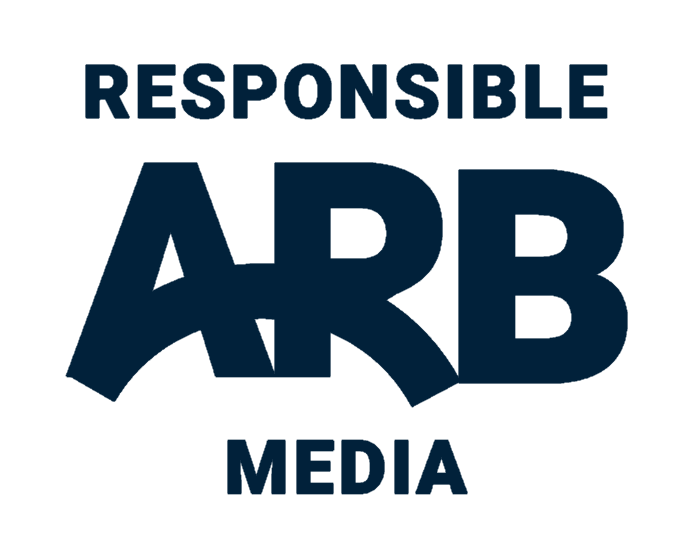Healthy Living
Good grains: Why you should try millet─── 12:30 Tue, 12 Apr 2016

Meet millet - the new grain you need in your life.
Millet - isn't that a type of birdseed? Well, yes, but it's not just for parrots. Millet is a lesser-known "ancient grain" which is mildly sweet and nutty. Though it's actually classed as a seed rather than a grain, it can be used use like one, and as with quinoa, it is quick-cooking, naturally gluten-free and versatile enough to be used in everything from porridges to cookies.
What is millet?
Millet is an ancient seed, originally cultivated in the dry climates of Africa and northern China since the Neolithic Era. In time, millet spread throughout the world; the Romans and Gauls made porridge from it, and in the Middle Ages millet was more widely eaten than wheat. Today, millet continues to be a staple for a third of the world's population, with ground millet used in flatbreads such as Indian roti as well as to make beer, fermented drinks and porridge in Eastern Africa and Eastern Europe. While millet has mostly been relegated to bird and livestock feed in North America and Western Europe, an interest in the seed has been spiked due to more people adopting gluten-free diets.
What about nutrition?
Millet is a good source of nutrition and provides fibre, iron, B vitamins, manganese, phosphorus, and magnesium. It's highly alkaline too, making it easily digestible and soothing to the stomach. In a 100g serving, raw millet provides 378 calories and is and is a rich source of protein.
There are many varieties of millet; the primary types are called pearl, foxtail, proso, and finger. Yellow proso is the kind most often found pre-packaged or in bulk bins at health food stores.
How can millet be used at mealtime?
With a pleasantly sweet and nutty flavour - it tastes a little like corn - millet can work in both savoury and sweet dishes. To cook basic millet: Rinse and drain millet. In a medium saucepan, bring two and half cups of water and one cup of millet to a boil. Cover, reduce heat to medium-low, and cook 15 minutes. Remove from heat and let sit uncovered for 20 minutes. Toss with butter or olive oil and season to taste with salt, pepper, or herbs. Leftover millet can be tossed into salads, stir-fried with tofu and vegetables, shaped into croquettes. Or for a delicious breakfast, simmer millet with milk, add your favourite nuts and fruits, as well as honey, and cinnamon and voila - an easy to prepare, delicious meal.
© Cover Media














